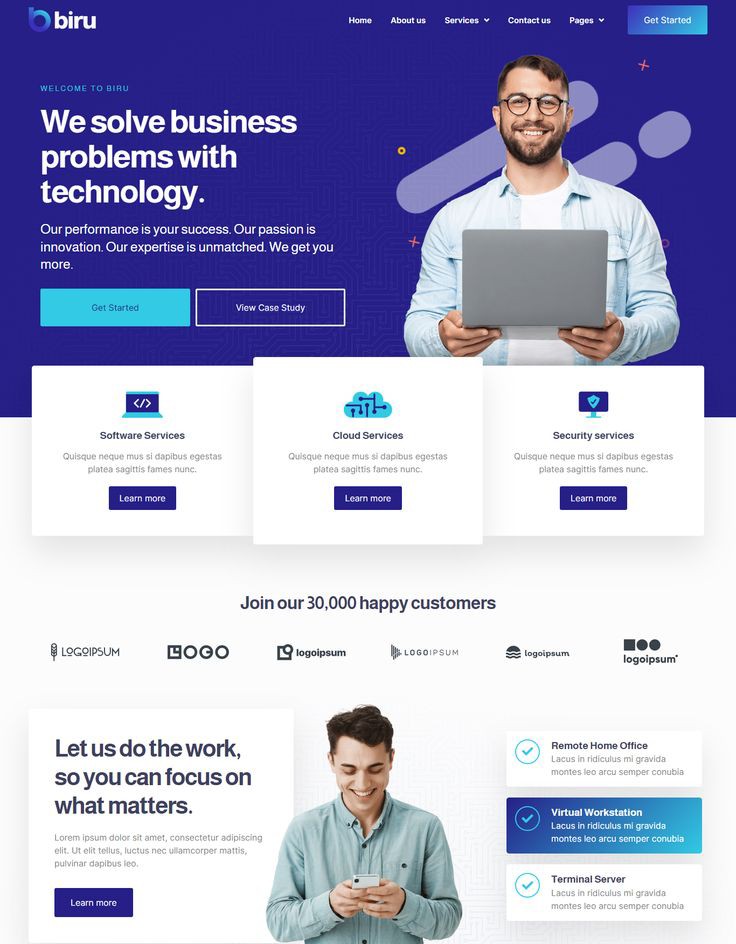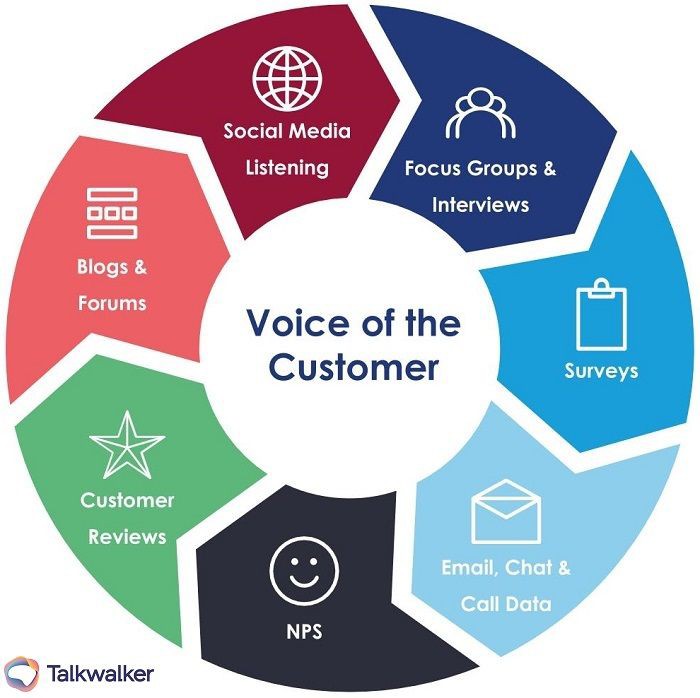Introduction: Why Portfolios and Reviews Matter in the Digital Space
In the grand theatre of business, potential clients can’t pop by your office for a cuppa or shake your hand. They can’t see your work in the flesh or chat with your team face-to-face. So, how do they decide if you’re the real deal or just all talk? Enter the online portfolio and the power-packed client review. These two digital stars are like the bread and butter of trust-building in business—they show off your best work and let others sing your praises.

A portfolio isn’t just a collection of pretty pictures; it’s a backstage pass to your expertise. Meanwhile, client reviews are like applause from the audience, showing that you’ve delivered the goods before. Together, they help you put your best foot forward and give potential clients a sneak peek at the magic you can work for them.
The Portfolio: Your Digital Showroom
Putting Your Best Work on Display
Imagine your portfolio as your virtual showroom. It’s where you parade your best work—projects that have wowed previous clients and projects that you’re downright proud of. Whether it’s sleek website designs, eye-popping branding, or flawless digital marketing campaigns, your portfolio is your space to show, not tell, what you can do.
Less Is More: Quality Over Quantity
Think of your portfolio like a tasting menu at a top-notch restaurant. You don’t need to serve up every single project you’ve ever worked on—just the best of the best. Potential clients don’t want to sift through a never-ending list; they want to be impressed, and quickly. Choose your standout projects, the ones that show off a wide range of skills but keep it sharp and focused.
Keeping It Fresh
Nobody likes a stale website, and that goes for portfolios too. If you’re still flaunting projects from five years ago, it’s time for a refresh. Keep things current by regularly updating your portfolio with new work. It shows that you’re active, relevant, and on top of the latest trends in your industry.
The Power of Client Reviews: Let Your Happy Customers Do the Talking
Why Reviews Build Trust Faster Than Anything Else
Here’s the deal—people trust other people more than they trust you. As much as you say you’re the bee’s knees, hearing it from someone who’s been in your shoes carries a lot more weight. That’s where client reviews come in. They’re like word-of-mouth recommendations, but on steroids. One glowing review from a satisfied customer can be more persuasive than a hundred sales pitches.
The More Specific, The Better
General reviews are nice, but specifics seal the deal. A client saying, “They were great to work with” is fine, but a client saying, “They transformed our website, increased traffic by 40%, and their team was a dream to collaborate with”? That’s a review that grabs attention. Encourage your clients to share detailed feedback about the results you delivered.
Star Power: The Importance of Ratings
Five-star reviews are like gold dust—they catch the eye and quickly tell potential clients that you’re doing something right. But don’t just chase the stars. What’s even more important is how you respond to feedback, both positive and negative. Engaging with reviews, especially if a project didn’t go as planned, shows professionalism and a commitment to improving.
Combining Portfolios and Reviews: A Winning Duo
Telling a Story with Case Studies
Why not combine the best of both worlds? Case studies are the ultimate one-two punch of portfolio meets client review. They showcase your work and include real client testimonials to back it up. Each case study can tell the story of a project from start to finish—what the client needed, what challenges you faced, and how you knocked it out of the park.
Show Results, Not Just Designs
When creating case studies, it’s tempting to focus on the visuals. After all, design work can be stunning. But the real power lies in the results. Did your web design increase sales? Did your branding project help a company stand out in a crowded market? Numbers and tangible outcomes speak louder than aesthetics alone.
Making Your Portfolio and Reviews Work for You
Strategic Placement on Your Website
Your portfolio and reviews shouldn’t be buried three clicks deep on your website. Make them front and center. Whether it’s a dedicated “Portfolio” page or customer reviews highlighted on your homepage, these elements need to be easily accessible. Think of them as your business’s greatest hits—don’t hide them at the back of the album.
Using Reviews on Social Media
If you’ve got happy clients, shout about it! Sharing client reviews on social media is a brilliant way to build credibility with a wider audience. Plus, it’s content that practically writes itself. A simple post featuring a glowing review, along with a snapshot of the project you worked on, can go a long way in attracting new business.

Building Confidence with Video Testimonials
Text reviews are great, but video testimonials? That’s next-level stuff. There’s something undeniably authentic about seeing and hearing a client talk about their experience with your business. A short, well-produced video testimonial can build trust faster than almost anything else.
The Ripple Effect of Confidence
When potential clients see a strong portfolio backed by stellar reviews, it builds more than just trust—it builds confidence. They can imagine their own success story being added to your portfolio, and that’s a powerful motivator. A confident client is more likely to reach out, start a conversation, and ultimately choose you over the competition.
Conclusion: Let Your Work and Clients Do the Talking
In the digital business landscape, building trust is the name of the game. And the easiest way to do that? Show, don’t tell. Let your portfolio speak volumes about the quality of your work, and let your happy clients shout your praises from the rooftops. When you combine these two tools—your portfolio and client reviews—you’re setting yourself up to build not just confidence, but long-lasting, meaningful relationships with your future clients.
FAQs

- How often should I update my portfolio?
You should update your portfolio regularly, at least every six months, to keep it fresh and showcase your most recent work. - What should I include in a client review?
Encourage clients to be specific in their reviews. Details about the project, the results, and their experience working with you are far more compelling than vague compliments. - How can I ask for client reviews without being pushy?
The best time to ask for a review is after you’ve completed a project and the client is happy with the results. Be polite and explain how their feedback helps both your business and future clients. - Should I display all client reviews on my website?
Focus on featuring your best reviews—ones that are specific, detailed, and highlight positive outcomes. However, it’s also good practice to show how you handle constructive criticism if a review isn’t 100% glowing. - What’s the difference between a portfolio and a case study?
A portfolio is a collection of your work, while a case study dives deeper into a specific project, outlining the client’s challenges, your approach, and the results you delivered.







